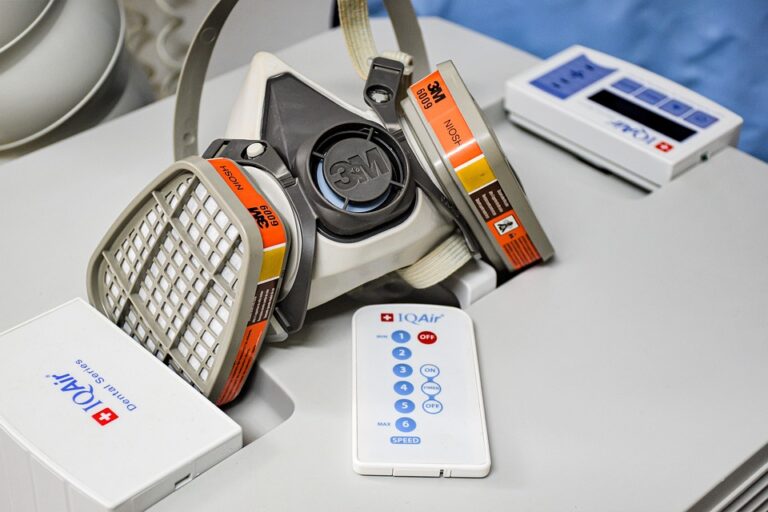how to remove double sided tape from wall
[ad_1]
Double-sided tape is a fantastic tool for hanging lightweight items without the need for nails or screws. However, removing it can be a tricky process, potentially damaging your walls if not done correctly. The adhesive in double-sided tape is designed to be strong, but it’s also its biggest downfall when it comes to removal. This article provides a comprehensive guide on how to remove double-sided tape from your walls safely and effectively, minimizing the risk of paint peeling or wall damage.
Understanding the Challenge
The main challenge in removing double-sided tape lies in the adhesive. The strength of the adhesive varies depending on the type of tape used. Some tapes are designed for temporary use and are relatively easy to remove, while others are designed for permanent bonding and are much more difficult. Furthermore, the type of wall surface plays a crucial role. Painted drywall, for instance, is more susceptible to damage than a smoother, more durable surface like painted plaster or tile.
Before you start, it’s important to identify the type of tape used (if possible) and assess the wall surface. This will help you choose the most appropriate removal method.
Essential Tools and Materials
Gathering the right tools and materials beforehand will make the removal process smoother and more efficient. Here’s a list of essentials:
- Hairdryer: Heat helps soften the adhesive, making it easier to peel off.
- Plastic Scraper or Putty Knife: Used for gently lifting the tape without scratching the wall. Avoid using metal tools, as they are more likely to cause damage.
- Goo Gone or Adhesive Remover: These solvents help dissolve the adhesive residue left behind.
- Rubbing Alcohol (Isopropyl Alcohol): An alternative solvent that can work on some adhesives.
- Warm Soapy Water: Useful for cleaning the wall after removing the tape and any remaining residue.
- Clean Cloths or Sponges: For applying solvents and wiping down the wall.
- Painter’s Tape: To protect surrounding areas of the wall, especially if using strong solvents.
- Gloves: To protect your hands from solvents.
- Safety Glasses: To protect your eyes from splatters.
Step-by-Step Removal Methods
Here are several methods you can try, starting with the least aggressive and progressing to stronger techniques if needed.
Method 1: The Hairdryer Technique
This is often the first and safest method to try.
- Prepare the Area: Protect surrounding areas with painter’s tape if desired.
- Apply Heat: Hold the hairdryer a few inches away from the tape and apply heat for 30-60 seconds. The goal is to soften the adhesive.
- Gently Peel: Use the plastic scraper or putty knife to gently lift an edge of the tape.
- Continue Heating and Peeling: As you peel, continue applying heat to the tape ahead of the scraper. Work slowly and patiently.
- Remove Residue: If any adhesive residue remains, proceed to the residue removal methods below.
Method 2: Adhesive Remover or Goo Gone
These products are designed to break down adhesive bonds.
- Test in an Inconspicuous Area: Before applying adhesive remover to the entire area, test it on a small, hidden part of the wall to ensure it doesn’t damage the paint or finish.
- Apply the Remover: Apply the adhesive remover directly to the tape or residue. Follow the product’s instructions. Typically, you’ll need to let it sit for a few minutes to work.
- Scrape Gently: Use the plastic scraper to gently remove the softened tape or residue.
- Clean the Area: Wipe the area with a clean, damp cloth to remove any remaining remover. Follow with warm soapy water if necessary.
Method 3: Rubbing Alcohol
Rubbing alcohol can be effective on certain types of adhesives and is generally safe for most painted surfaces.
- Test in an Inconspicuous Area: As with adhesive remover, test the rubbing alcohol on a hidden area first.
- Apply the Alcohol: Soak a clean cloth with rubbing alcohol and gently dab the tape or residue. Let it sit for a few minutes.
- Scrape Gently: Use the plastic scraper to carefully remove the tape or residue.
- Clean the Area: Wipe the area with a clean, damp cloth to remove any remaining alcohol.
Method 4: Warm Soapy Water
Sometimes, simple warm soapy water is enough to loosen the adhesive, especially for less stubborn tapes.
- Apply Soapy Water: Soak a clean cloth with warm soapy water and gently dab the tape or residue. Let it sit for a few minutes.
- Scrape Gently: Use the plastic scraper to carefully remove the tape or residue.
- Clean the Area: Wipe the area with a clean, damp cloth to remove any remaining soap residue.
Dealing with Stubborn Residue
Even after removing the tape, adhesive residue can often remain. Here are some tips for dealing with it:
- Repeat the Chosen Method: Sometimes, repeating the removal method (hairdryer, adhesive remover, etc.) a few times is necessary to completely remove the residue.
- Use a Magic Eraser: A magic eraser can be effective for removing stubborn residue, but use it sparingly and gently, as it can be abrasive and potentially damage the paint.
- Make a Baking Soda Paste: Mix baking soda with a small amount of water to create a paste. Apply the paste to the residue, let it sit for a few minutes, and then gently rub it off with a clean cloth.
Important Precautions
- Always test any solvent or cleaning agent in an inconspicuous area first. This will help prevent damage to the paint or wall finish.
- Work slowly and patiently. Rushing the process can lead to damage.
- Avoid using metal tools, as they can easily scratch the wall.
- If you’re unsure about a particular method, consult a professional painter or handyman.
Conclusion
Removing double-sided tape from walls can be a delicate process, but with the right tools, techniques, and a bit of patience, you can successfully remove the tape without causing significant damage. Remember to start with the gentlest methods and gradually increase the intensity as needed. Always prioritize safety and test any cleaning agents in an inconspicuous area first. By following these guidelines, you can restore your walls to their original condition and enjoy your newly decorated space.
Frequently Asked Questions (FAQs)
Q: Will removing double-sided tape always damage my wall?
A: Not necessarily. Using the right techniques and being patient can significantly minimize the risk of damage. However, there’s always a small chance of paint peeling, especially with weaker paint finishes.
Q: What if I can’t identify the type of tape used?
A: Start with the gentlest method (hairdryer) and gradually move to stronger methods if needed. Always test any cleaning agents in a hidden area first.
Q: Can I use a razor blade to remove the tape?
A: It’s strongly discouraged. Razor blades are very likely to scratch and damage the wall surface. Stick to plastic scrapers or putty knives.
Q: How can I prevent this from happening again?
A: Consider using removable mounting squares specifically designed for temporary use. They are easier to remove and less likely to cause damage.
Q: My wall is textured. Will these methods still work?
A: Textured walls can be more challenging. Be extra cautious and gentle, as the adhesive can get stuck in the texture. You may need to apply more solvent and use a soft brush to help loosen the adhesive.
Q: What if the paint peels off despite my best efforts?
A: If the paint peels, you’ll need to repair the damaged area. This typically involves patching the wall with spackle, sanding it smooth, and then repainting the area to match the existing color.
Q: How long should I heat the tape with a hairdryer?
A: Heat the tape for about 30-60 seconds at a time. The goal is to soften the adhesive without overheating the area. Check the tape periodically to see if it’s becoming easier to peel.
[ad_2]





